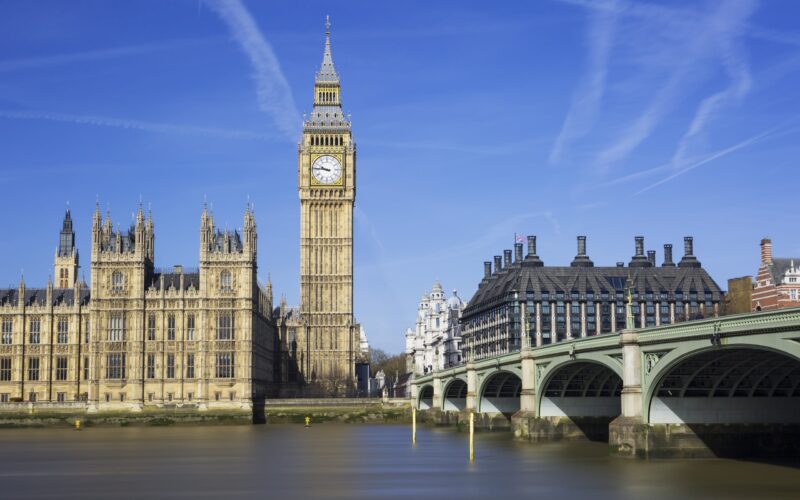The UK Government has confirmed that its Emissions Trading Scheme (ETS) will be extended to domestic maritime transport from July 2026 and to energy-from-waste and waste incineration sectors from January 2028, following public consultation.
The ETS, which replaced the UK’s participation in the EU ETS after Brexit, operates on a ‘cap and trade’ basis—setting a limit on total emissions and allowing companies to buy and sell allowances according to their emissions levels.
The recent announcements come as part of efforts to align the ETS more closely with the UK’s legally binding 2050 net-zero target. The plans also follow a landmark agreement between the UK and EU to link their respective trading schemes, which is expected to save businesses up to £800 million annually in avoided carbon border taxes.
Domestic shipping to be included from 2026
From 1 July 2026, all commercial domestic shipping emissions, including those generated while vessels are at berth, will be subject to the ETS. The move is backed by a majority of stakeholders, with 75% of the 64 consultation respondents supporting the proposed timeline and scope.
The government has decided to include non-CO₂ emissions such as methane and nitrogen oxides, following divided—but generally supportive—feedback. However, expansion to international shipping is not planned. Instead, the UK will collaborate with the International Maritime Organisation (IMO) to avoid regulatory overlap with its forthcoming global emissions levy, which is set to formally launch in 2028.
Waste-to-energy sector to enter ETS in 2028
Energy-from-waste facilities and waste incineration plants will be integrated into the ETS in 2028. Ahead of this, a voluntary Monitoring, Reporting and Verification (MRV) system will begin on 1 January 2026, to familiarise operators with emissions tracking and provide data for future policy development.
More than 200 organisations contributed to the consultation, with 60% supporting the inclusion of the waste sector. However, concerns were raised—particularly by local authorities—about the financial implications of compliance.
Government figures show emissions from waste incineration have risen sharply, from 2 million tonnes of CO₂ equivalent in 2012 to 7 million tonnes in 2022, primarily due to a shift away from landfill. The ETS is expected to provide a financial incentive for further decarbonisation of the sector.
Carbon removals to be included by 2029
From January 2029, greenhouse gas removal (GGR) technologies will be eligible within the UK ETS. These removals must meet strict standards: sequestration must be permanent—lasting at least 200 years—and take place within the UK. Credits will only be issued once carbon has actually been removed, ruling out speculative future removals.
GGR allowances will not expand the scheme’s overall emissions cap. Instead, each removal unit will offset one emissions allowance on a one-for-one basis. The ETS Authority will also establish a ‘buffer pool’ of verified removals to act as an insurance mechanism in the event of underperformance or reversal.
Long-term strategy
Last year, the UK Government set out its vision for tightening the ETS in line with climate targets. It aims to reduce the number of annual emissions allowances by 45% in 2027 compared to 2023, with further reductions planned through 2030.
Officials stress that these measures are designed to drive real emissions cuts while incorporating emerging technologies like carbon removals in a way that supports long-term climate objectives without weakening short-term mitigation.




















